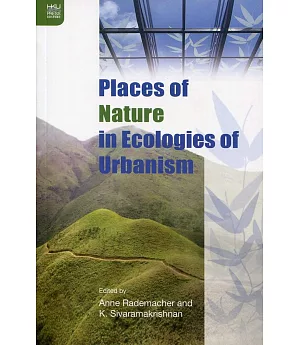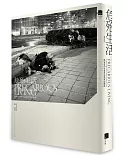If twenty-first-century urbanization is understood as a problem, its regional epicenter is the cities in Asia. Facing unprecedented diversity in scale, scope, and environmental dynamics in
the Asian urban experience, scholars will need an approach that can truly capture the significance of place and context. The challenge, as this volume illustrates, can be met by the analytic of
ecologies of urbanism. Eschewing a rigid, single ecology, the contributors identify multiple forms of nature—in biophysical, cultural, and political terms—that have discernable impact on power
relations and human social action. The case studies in this book—including leopards in Mumbai, a network of tubewells in northern India, an island that grows through reclamation in Hong Kong,
and a railway continuum linking Khon Kaen and Bangkok—all attest to the versatility of ecologies of urbanism. Guided by urban processes rather than geopolitical boundaries, Places of Nature in
Ecologies of Urbanism offers a picture of urban Asia that is composed of varied ecologies of urbanism.





















